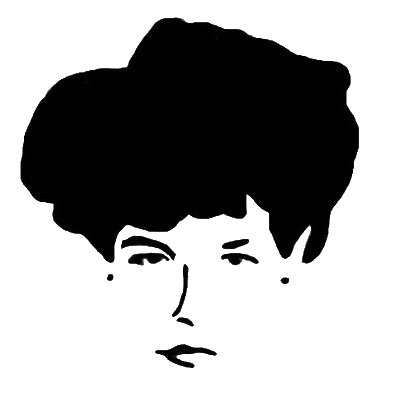fragments from the April 1943 issue of Popular Science Victory Camera 1 This is what happened during and after the last war: The orders came in. We were sitting in front of the fireplace when the explosion occurred. Nothing but explosions all day long. Friction catches at the top. The margin of superiority holds and holds well. It is heavily and staunchly built. Don’t take a picture unless you really want it. What is going to happen has little or no effect on the result. The war emergency made it necessary. Candy at the end of the cage. Victory Camera 2 Aim, lead, and fire. That's the eternal pattern. The complex pattern of war production. An unusual multicolored pattern, the pattern woven into training and habits. A heavy paper pattern. Bombsight pattern. Your entire life pattern. A square pattern around the target, on which the bombsight pattern is inked or painted, over this hole. Victory Camera 3 Morale in boxes. The boxes are opened by pressing sideways on the pivot edges with the thumb. Always a thrill to open a hive and study its teeming activities. Here's what you get: you get what you see. Victory Camera 4 Here’s what each soldier is carrying in the invasion: information on wintering, needless discomfort (the spring is faulty; it may be necessary to alter the shape to get the tension just right), the best compromise between guns, armor, and speed. Loss from any cause would be a national calamity with a radius greater than the bearing. Victory Camera 5 In the era of world-building that is to come, the work is as spectacular as the worker. Raveling, worn thin, garments have to last the duration. Blankets, hats, and buttons are being made from skim milk. The secret of successful inventing is knowing what to invent. Glass mailboxes harmonize with any background. Victory Camera 6 When we could afford to shoot wildly, how thin that red line was between ourselves and defeat. The time is up. A bell jangled. There were two main causes for worry: trying to find where the hole was in the first place, and then unsolved technical difficulties such as the transmission of letters or a bunch of scrap metal hung from the ceiling.
Victory Camera 1-6
Eleanor Paynter
Eleanor Paynter has roots in Texas, Rome, and New York. Her work can be found in American Literary Review, Nimrod, South Loop Review, and in the chapbook Dismantling the Hive (Toadlily Press). She serves as Assistant Editor for Versal and lives in the Netherlands.
